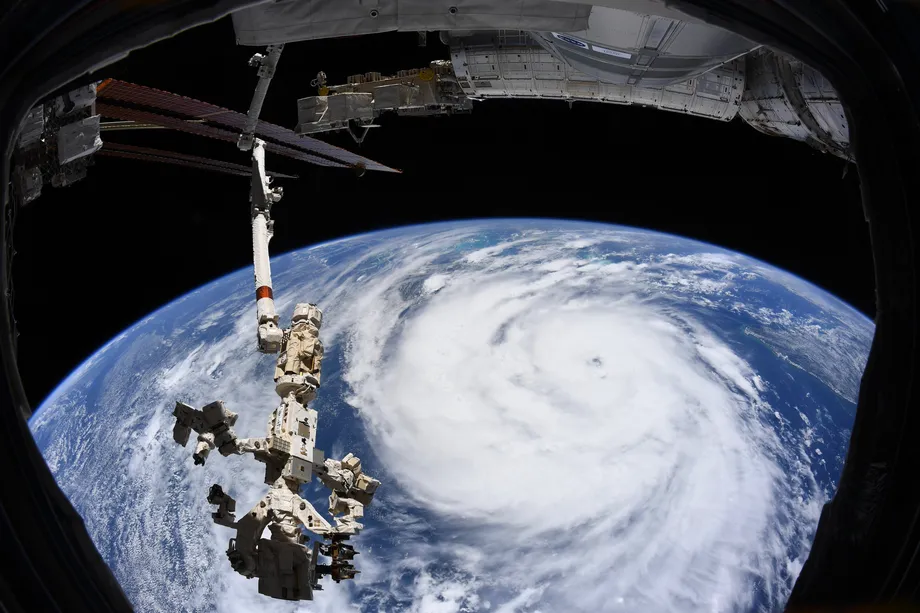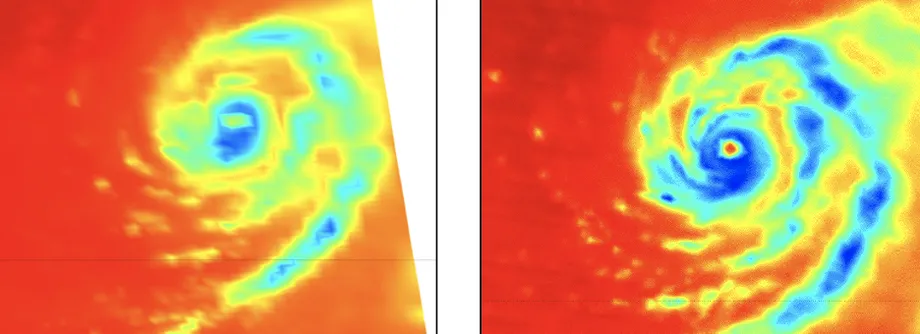NASA is preparing to launch small satellites into space. These satellites will help forecasters pay close attention to the development of tropical storms in a mission called tropics Crucially, if successfully launched, these satellites will mark a great improvement in people's ability to observe rapidly increasing storms.

Currently, NASA's weather satellites can only inspect storms every four to six hours. Bill Blackwell, the principal investigator of the tropics mission and a researcher at the Lincoln Laboratory of the Massachusetts Institute of technology, made a [announcement] at NASA on Thursday( https://www.nasa.gov/feature/esnt/2022/nasa-to-launch-6-small-satellites-to-monitor-study-tropical-cyclones ) "Therefore, we missed a lot of things that happened in the storm," Zhong said
A new set of six satellites that NASA plans to launch will significantly reduce this time frame and provide researchers with updates about every hour. The agency expects to launch the first two satellites as early as June 12, and the other two satellites are scheduled to be launched later this year.

These satellites will be sent to low earth orbit, where they will orbit the earth at an angle of about 30 degrees above the equator. This will put them in a perfect position to overlook the areas where most tropical cyclones are born, from the Central Atlantic region of the United States to the southern coast of Australia.
Each satellite is less than a foot long and is equipped with a powerful instrument about the size of a cup of coffee. The instrument is a miniature microwave radiometer, which can measure the heat and light emitted from oxygen and water vapor in the air. The frequencies measured by tropics satellites will give researchers and forecasters a deeper understanding of how storms develop and intensify. They can even create 3D images of the environment that fuels a particular storm.
Through more frequent observation by these satellites, scientists hope to better understand how tropical storms develop and intensify. There is evidence that storms in the Atlantic are intensifying more rapidly as climate change contributes to conditions that can pressurize hurricanes. When this happens, forecasters and emergency workers have to race against time to get people to safety, just as Hurricane IDA intensified overnight before it hit Louisiana last year.
This makes it more important to have more reliable "eyes" in the sky. Blackwell said in a NASA statement, "the tropics team is very excited about the launch and operation of the satellite constellation."